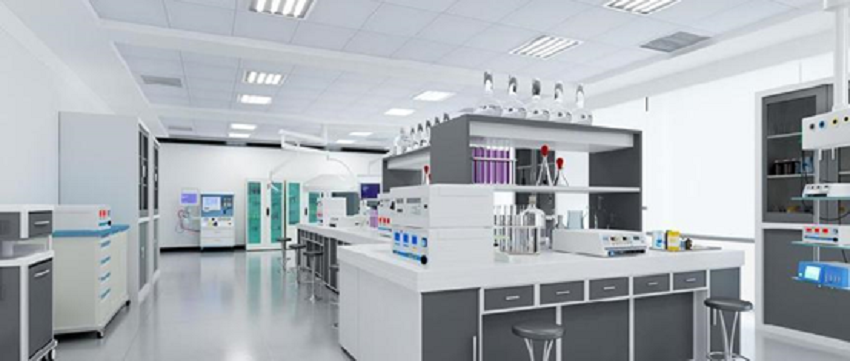Hello! I'm delighted to provide you with exclusive one-on-one consultation.
How can I assist you?
What is the process and cost of egg freezing?


In the field of assisted reproductive technology, the IVF-PGT technology in the United States has attracted attention for its advanced and efficient characteristics. IVF-PGT, or in vitro fertilization with preimplantation genetic testing, involves fertilizing a woman's egg with a man's sperm outside the body and then transferring the resulting embryo into the woman's uterus. In this field, there are two different methods: fresh embryo transfer and frozen embryo transfer. So, which one of these two methods is more advantageous?
First, let us understand the basic processes of these two transplantation methods. Fresh embryo transfer involves transplanting embryos that have not been frozen, usually on the sixth day after the completion of preimplantation genetic testing (PGS). On the other hand, frozen embryo transfer involves transplanting embryos that have undergone PGS when the mother's uterus is in the optimal fertility state. Both methods have their advantages, with the key consideration being the condition of the uterus and the timing of transplantation.
Dr. Nathan Zhang, a Ph.D. from the University of Pennsylvania School of Medicine and the founder of IVF USA, points out that from the perspective of fresh embryos, fresh embryo transfer has an advantage. However, the success of embryo transplantation also depends on the condition of the uterus. If the uterus cannot reach the optimal state by the sixth day, the advantage of fresh embryo transfer is relatively small. In comparison, the advantage of frozen embryo transfer lies in the fact that the embryos have completed PGS testing, and the transplantation can be timed to the optimal state of the uterus, increasing the chances of success.
During the transplantation process, factors such as embryo quality, uterine condition, and the balance of hormones in the body are the three main factors affecting success. Although some female friends may worry about experiencing pain during transplantation, in reality, in the United States, doctors, guided by a vaginal ultrasound, can precisely transplant embryos into the optimal conception site in the uterus, and the entire process is painless. Doctors also administer medications such as progesterone and HCG to adjust the uterus to its optimal conception state, ensuring the success of the transplantation.

Dr. Nathan Zhang founded IVF USA in 2010 after returning to China. Through over a decade of in-depth engagement with 400 IVF hospitals and 1300 IVF doctors across the United States, he has developed a unique assessment system to provide services from selected outstanding doctors in the United States. IVF USA, with its rich experience and professional team, is dedicated to providing personalized and scientific treatment recommendations to each client. Currently, IVF USA offers services including egg freezing, IVF, and third-party assisted reproduction to individuals in need. Its services have expanded beyond the United States to include Japan for IVF and egg freezing, Thailand for IVF and egg freezing, as well as Mexico, Taiwan, Hong Kong, and other regions. If you have any needs or concerns about IVF technology or the transplantation process in the United States, feel free to consult IVF USA. Let us work together to create a beautiful future of fertility.


Online Customer Service

In-Vitro Fertilization (IVF)

Female Egg Freezing

Fertility Assessment

Scan for Consultation

Back to Top